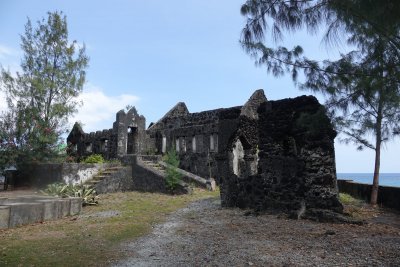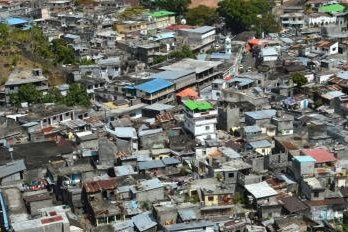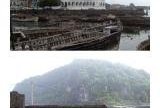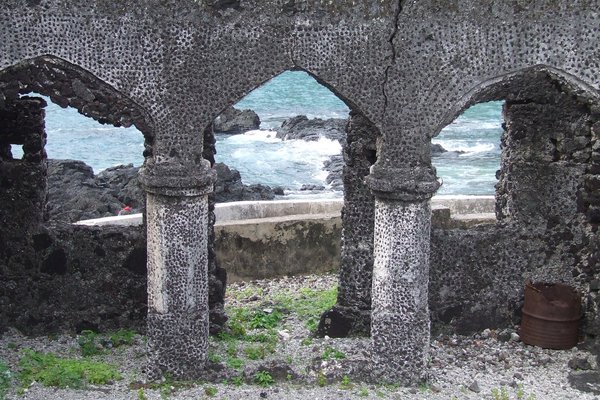Comoros
Les médinas des Sultanats historiques des Comores
Site Info
Official Information
- Full Name
- Les médinas des Sultanats historiques des Comores (ID: 5109)
- Country
- Comoros
- Status
-
Nominated 2026
Site history
History of Les médinas des Sultanats historiques des Comores
- 2023: Preparatory Assistance
- 2019: Preparatory Assistance
- 2007: Added to Tentative List
- Added to tentative list
- 2004: Revision
- Includes former TWHS Monastery of Sant Pere de Rodes (1989)
- Type
- Cultural
- Criteria
- ii
- iii
- iv
Links
- UNESCO
- whc.unesco.org
- Related
-
- whc.unesco.org — Inventory and cultural mapping of Sultanate’s architectural and urban heritage
All Links
UNESCO.org
- whc.unesco.org — whc.unesco.org
Related Resources
- whc.unesco.org — Inventory and cultural mapping of Sultanate’s architectural and urban heritage
Community Information
- Community Category
- Archaeological site: Civilizations of Sub-Saharan Africa
Travel Information
Recent Connections
News
No news.
Recent Visitors
Visitors of Les médinas des Sultanats historiques des Comores
Community Reviews
Show full reviewsWalGra
Les médinas des Sultanats historiques des Comores
Les médinas des Sultanats historiques des Comores (Nominated)

First of all: If you have less time, it`s worth to come to see.
Why? Because there is nothing you can`t see somewhere else.
Moroni: The Medina is very small and not well maintained. The old friday mosque is very narrow and fully white, and simply furnished.
Iconi: The old palace is tiny. Only old walls made out of local stones are left. The Medina is very clean :-) and in good shape. On the Mountain there are only some walls left. Worth to climb up.
Ntsoudjini: Nice walk along the old citywall, which is in good shape. The old Gates are missed :-( There is only a wall to see.
Keep reading 0 commentsMichael Novins
Les médinas des Sultanats historiques des Comores
Les médinas des Sultanats historiques des Comores (Nominated)

Anjouan -- In August 2016, I flew on Inter Îles Air (http://www.inter-iles-air.com) from Dzaoudzi–Pamandzi International Airport located in Mayotte to Ouani Airport in Anjouan. I had arranged through Laka Lodge on Moheli, where I stayed later in my trip, for an English-speaking guide to meet me at the airport. I visited the Medina of Mutsamudu, one of the medinas in the Sultanats Historiques des Comores tentative World Heritage Site, where I spent the morning wandering the medina's narrow lanes and visiting its main market. Visitors can contact my guide, Djonfar, directly (moukouboi (at) yahoo.com or +269 328-2490).
Grand Comoro -- I visited Moroni in August 2016, when I stayed at Itsandra Hotel (http://www.itsandrahotel.com/portal/index.php/en/), a short ride from Moroni. I visited the Medina of Moroni, which is part of the Sultanats Historiques des Comores tentative World Heritage Site, including the Ancienne Mosquée de Vendredi (old Friday mosque), which is the oldest mosque in the medina.
Keep reading 0 commentsSolivagant
Les médinas des Sultanats historiques des Comores
Les médinas des Sultanats historiques des Comores (Nominated)

Their geographic location at the “crossroads” of the Indian Ocean has given the Comoros islands a complex history – settlers have included Malays, Indonesians, Arabs and Persians even before the arrival of Portuguese and French. From 14th to 19th century they were governed by a large number of petty and warring sultanates – 11 on the island of Grande Comore alone. The Travellers’ Dictionary of Quotation contains this comment from an English visitor to Anjouan in 1815 – “The people are almost constantly at war with those of the adjacent isles. Being in great want of gunpowder they prevailed on Captain Walker to give them the quantity that would have been expended in the customary salutes”. So it is hardly surprising that the country has identified some of the remains of these polities as 1 of its 4 T list sites created as recently as 2007. 5 separate locations have been chosen across 2 islands and we visited 2 of these on the main island of Grande Comore (Ngazidja) in Feb 2008. (Our trip to another island of Anjouan unfortunately had to be cancelled as an invasion was being planned to bring down its recalcitrant leader – “plus ça change” in the Comoros!!)
The World Travel and Tourism Council places the Comoros tourism industry 172nd in size out of 176 countries included in its statistics! There is perhaps more of interest in this unfrequented part of the world than these numbers might suggest but whether its “historic ruins” are of …
Keep reading 0 comments
